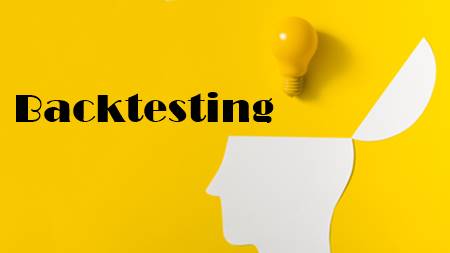
Table of Contents
Backtesting
What is Backtesting?
This is one general method that helps to evaluate the Trading Strategy’s feasibility by comprehending how it can be applied with the help of historical data. In a situation where this method works easily, analysts and traders get the confidence to move ahead with the strategy.
How does Backtesting Work?
Backtesting enables a trader to assess a trading strategy by using historical data to create results and evaluate profitability and risks before putting in any money in implementation. If conducted well, backtest can help acquire positive results and reassures traders that their strategy is good enough to continue with.

Furthermore, this backtest also creates subpar results, prompting traders to either alter the method or reject it altogether. For instance, if there is a complicated strategy for trading, it will heavily rely on backtesting to prove the worth.
Simply put, as long as a strategy can be quantified, it can get backtested. On top of that, some investors and traders may also seek help from a qualified programmer to come up with an idea into a testable form.
Basically, this comprises coding that idea into the trading platform’s hosted proprietary language. And then, the programmer implements input variables that help him to alter the system.
Talk to our investment specialist
Backtesting from a Different Perspective
To get adequate results, traders would have to be unbiased and stop relying on the data that is used in backtesting to develop and test a strategy. Now, this turns out to be difficult than said. Generally, traders develop strategies on the Basis of historical data.
Therefore, they should be stringent while testing with different sets of data where they executed their models. If not, the backtesting method will end up generating futile results. Similar to that, traders would also have to avert the situation of data dredging, wherein they test an extensive Range of hypothetical strategies against the similar data set.
One of the crucial ways to compensate for the possibility of data dredge is by using a strategy that turns successful in-sample, relevant time period and then backtest the same with data taken from out-of-sample or different time period. If in-sample and out-of-sample generate similar results, then the strategy is likely to be valid.
All efforts have been made to ensure the information provided here is accurate. However, no guarantees are made regarding correctness of data. Please verify with scheme information document before making any investment.




